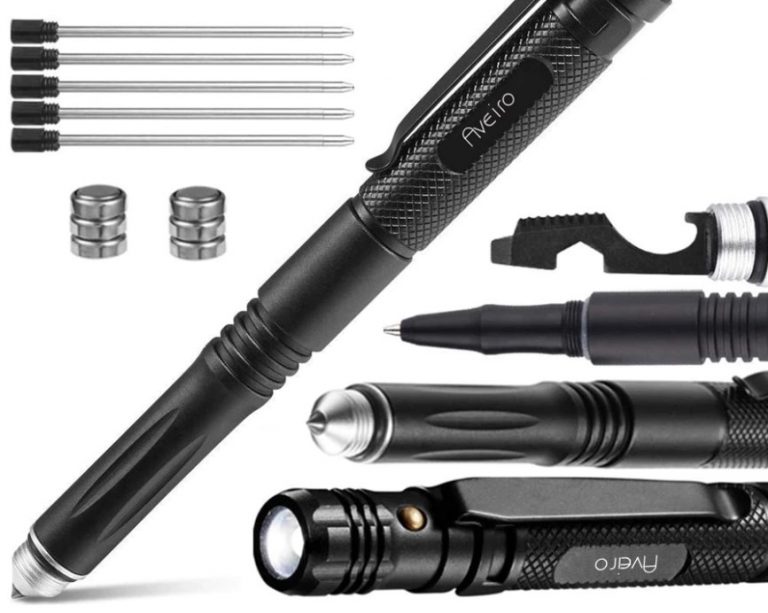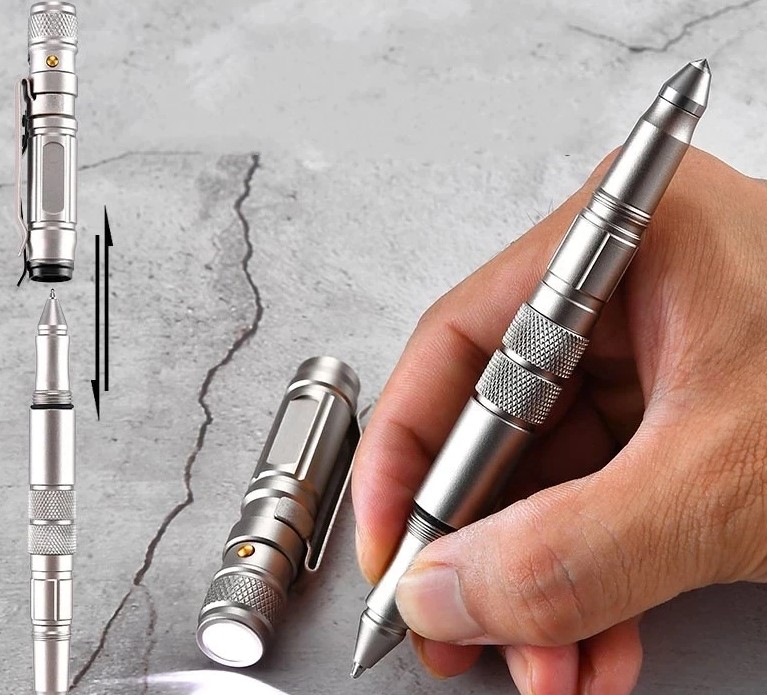What is a Solar Lantern?
A solar lamp also known as solar light or solar lantern is a lighting system composed of a LED lamp, solar panels, a battery, a charge controller and there may also be an inverter. The lamp operates on electricity from batteries, charged through the use of a solar photovoltaic panel. In the simplest terms, solar energy is the radiation of the sun, as the sun is the most sufficient resource in the world.
While the Earth’s population is increasing at a fast speed day by day, it’s time we must worry about running out of sources of energy as it is limited. That’s why a lot of people are turning to using solar lanterns for living, traveling, and other purposes. Since it is renewable energy, not only this is an excellent method for saving our planet, but it also simplifies our life in many ways.
Where and when solar lanterns are used?

Because solar lanterns are often powered with batteries, it is easier to carry and hang up. Ultimately, solar lanterns can be your best friend when you’re traveling outdoors. Nowadays, many houses use solar lights to reduce their electricity consumption, as well as save money by doing so. They are also used to provide street lighting in rural areas.
Even if there is no electricity available for you, as solar lanterns are charged with sunlight, you can easily charge them. Therefore, it’s an effective and cheap alternative. In fact, it provides higher quality light than the use of candles or kerosene lamps. Safety is another reason to choose solar lights. Since they don’t use power cords or electricity, they are safe for use near swimming pools or ponds.
How Do Solar Lanterns Work?
As mentioned in Wonderopolis, solar lights work because of the photovoltaic effect. The most important part of solar light is the photovoltaic or solar cell. The solar cell is the part that converts sunlight into a direct electrical current. A solar cell consists of multiple layers of crystalline silicon and chemicals that create layers of negatively-charged electrons and positively-charged spaces. As sunlight passes through the solar cell, it excites the negatively-charged electrons and pushes them into the positively-charged spaces.
The positively-charged spaces then transfer the electron stream as a direct current of electricity through wires embedded into the solar cell to a battery where the electricity is stored until it’s needed. The battery charges throughout the day as sunlight continues to be converted to electricity. When evening approaches, the solar cell stops converting sunlight as it weakens and eventually disappears. A photoreceptor on the light detects when it’s dark and turns on the light, which is usually made up of several light-emitting diodes (LEDs). The battery then supplies electricity to the light throughout the night.
This process repeats on a daily cycle. During the day, sunlight is converted to electricity and stored in the battery. At night, the battery supplies the electricity to the light until it is all used up or the photoreceptor shuts off the light as daylight reappears.
If you are an adventurer who loves traveling, hiking, or camping, and looking for an effective and affordable Solar Lantern, I highly recommend checking out our article about Luci Solar Air Lantern here. Its super-bright, high-capacity, waterproof, and durable features attract many outdoor adventurers. You can be confident with it, as it’s suitable for various outdoor activities.




